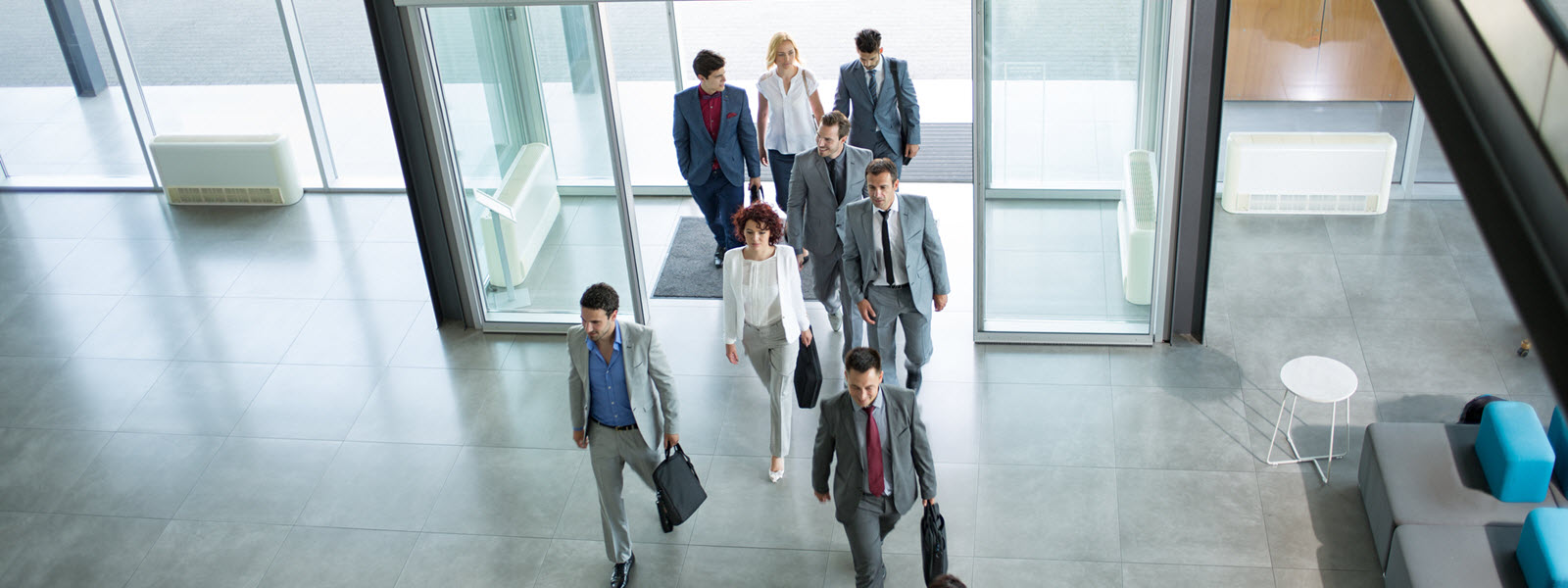In the quest for a more inclusive society, the significance of universal design in public spaces cannot be overstated. By incorporating thoughtful features, such as ramps, elevators, and automatic doors, we can break down physical barriers and create environments that cater to the diverse needs of individuals, especially those facing mobility challenges. This blog post explores the transformative impact of these design elements on fostering inclusivity in public spaces.
Ramps: Bridging the Gap
Universal Accessibility
Ramps are not merely architectural features; they symbolize a commitment to universal accessibility. Installing ramps provides individuals with mobility challenges the freedom to navigate spaces independently, ensuring that entrances are welcoming to all.
Seamless Integration
Well-designed ramps seamlessly integrate with the surrounding environment, preserving the aesthetic appeal of public spaces. Whether it’s a subtle slope incorporated into a landscape or a strategically placed ramp leading to a building entrance, the integration of ramps enhances both functionality and visual harmony.
Elevators: Ascending Towards Inclusivity
Vertical Mobility for All
Elevators are the backbone of vertical mobility in public spaces. Ensuring that buildings have accessible elevators allows individuals with mobility challenges to navigate multiple floors effortlessly, promoting equal access to various amenities and services.
Beyond Compliance
Going beyond mere compliance with accessibility standards, elevators in universal design should consider user experience. Features such as clear signage, braille buttons, and auditory cues contribute to a more inclusive and user-friendly elevator environment.
Automatic Doors: Welcoming Everyone In
Independence and Dignity: Automatic doors epitomize a commitment to providing independence and dignity for all individuals. These doors eliminate the physical effort required to open traditional doors, allowing individuals with mobility challenges to enter and exit public spaces with ease.
Sensor Technology: The integration of sensor technology in automatic doors enhances their effectiveness. These sensors detect the presence of individuals, ensuring that doors open and close seamlessly, minimizing waiting times and facilitating a smooth and inclusive flow of foot traffic.
The Power of Universal Design: Beyond Physical Accommodations
Creating a Culture of Inclusivity: While ramps, elevators, and automatic doors are tangible elements of universal design, their impact goes beyond physical accommodations. They contribute to the creation of a culture of inclusivity, signaling to the community that every individual, regardless of mobility challenges, is valued and considered in the design process.
Collaborative Design for Community Engagement: The implementation of universal design principles involves collaboration with the community. By actively seeking input from individuals with diverse needs, designers can ensure that public spaces are not only physically accessible but also culturally sensitive and responsive to the unique requirements of the community.
Paving the Way for an Inclusive Future
Incorporating ramps, elevators, and automatic doors in public spaces is more than a design choice—it’s a commitment to inclusivity. By breaking down physical barriers, we pave the way for a future where everyone, regardless of mobility challenges, can participate fully in community life. Universal design is not just about constructing spaces; it’s about building a society that values diversity, celebrates inclusivity, and embraces the inherent worth of every individual.




Thank you so much for sharing this valuable information on Opening Doors to Inclusion: Universal Design in Public Spaces. It’s truly enlightening to learn about the efforts being made to create more inclusive environments for everyone. Your insights are greatly appreciated and serve as a reminder of the importance of universal design principles in our public spaces. Thank you for helping to foster greater accessibility and inclusion for all individuals.